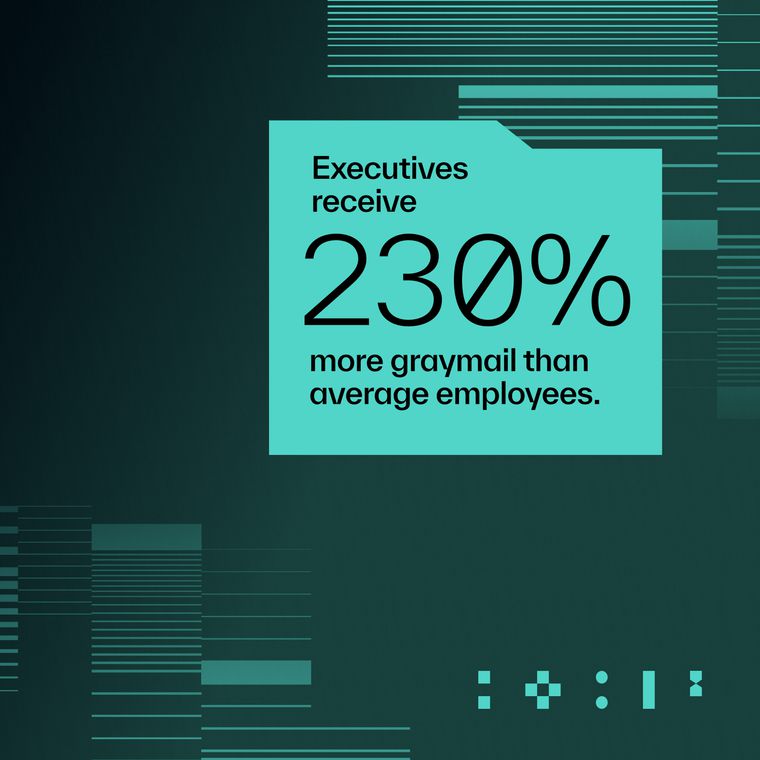Password Cracking Techniques: How to Protect Your Organization from Emerging Threats
A password hacking introspection and security principles your team needs for maximum threat protection.
June 12, 2025
Password cracking techniques have rapidly evolved, replacing traditional manual hacking with sophisticated, automated methods. Today, cloud-based password attacks are the norm, operating at scale and breaking passwords in days rather than weeks.
In this high-speed threat environment, only security teams that understand modern password cracking tactics and adapt their password security strategies accordingly can prevent their organizations from becoming the next breach headline.
What Is Password Hacking?
Password hacking (or password cracking) is a threat vector that involves attempting to discover or guess passwords to gain unauthorized access to systems, accounts, or data..
Password hacking has evolved far beyond simple guesswork. Modern attackers use a hybrid methodology alongside social engineering and AI cyberattacks to break into systems.
Passwords once considered secure can now be cracked in days or even hours. Over 50% of 2023 incident data shows that threat actors are compromising Cloud instances with weak or no passwords.
And modern password hacking aims for more than simply stealing passwords. Attackers target password reset mechanisms, exploit credential reuse across accounts, and use compromised business emails as their entry point for deeper network penetration.
Modern Password Hacking & Attack Models
Attackers have shifted from opportunistic attacks to targeted campaigns against high-value accounts. They specifically hunt for administrative credentials that give them widespread access throughout your organization.
To build effective defenses, you need to understand how attackers are hacking enterprise passwords through both technical exploits and human vulnerabilities.
Password Guessing Attacks
Attackers often exploit weak or reused passwords by guessing likely combinations. Most systems allow multiple failed attempts, making these attacks effective.
Brute Force Attacks: Try every possible password until successful. Weak or short passwords can be cracked almost instantly.
Dictionary Attacks: Use lists of common words and leaked passwords to guess predictable combinations like "Summer2025!" or "Company123".
Mask Attacks: Focus on common patterns (e.g., capital letter + numbers) to reduce guess volume. Often enhanced by rainbow tables and AI.
Credential Stuffing: Reuses stolen credentials from data breaches across services, leading to account takeovers if passwords are reused.
Strong password policies helpprevent account takeovers.
Human-Centric Password Hacking Attacks
Social engineering tactics exploit human behavior to steal passwords. These attacks often involve:
Phishing & Social Engineering: Includes BEC, QR code phishing, vishing, and executive impersonation. Attackers overwhelm users with MFA prompts or impersonate key individuals, often targeting executives or vulnerable sectors like nonprofits.
Man-in-the-Middle (MitM) Attacks: Intercept traffic via fake WiFi, session hijacking, or proxies to capture login data. These can also involve bypassing SEG defenses.
Password Reset Exploits: Abuse weak recovery processes—especially in SaaS apps and IT ticketing systems—to gain access without needing to crack passwords.
Deepfake Threats: AI-generated audio or video used to impersonate trusted contacts and manipulate users into revealing credentials.
Attackers often leverage personal info—like birthdays, pets, or hobbies—to guess passwords or trick targets during social engineering.
Hash-Based Attacks
Even when passwords are stored as hashes, attackers can exploit poor security practices to reverse them and gain access.
Hash Cracking & Storage Flaws: Weak hashing algorithms or missing salt make hashes easy to reverse. The LinkedIn data breach is a prime example—unsalted SHA-1 hashes led to millions of compromised data points.
Rainbow Table Attacks: Use pre-computed hash databases to crack passwords faster. Tools like RainbowCrack make this method widely accessible, even to low-skilled attackers.
AI and Password Hacking
Offensive AI is a powerful tool in password hacking. Attackers can predict password patterns, analyze leaked data sets more effectively, and optimize their attacks based on previously successful methods.
Conversely, organizations can useAI security automation to strengthen their defensive strategies against such attacks.
Commonly Targeted Environments and Accounts
High-value targets should receive top-priority protection, as they offer attackers the greatest potential payoff.
Some examples of high-value targets include:
Admin accounts that give attackers privileged access to critical systems.
Remote access portals provide entry points with minimal physical security controls.
Legacy systems with outdated security create easy targets for well-known exploits.
Cloud service provider accounts offer access to vast data resources.
DevOps and CI/CD pipelines can be exploited to inject malicious code directly into your applications.
These entry points often serve as launching pads for lateral movement across a network, making them essential to secure with a strong password and access controls
Strategies to Strengthen Password Security Posture
Your security team needs to keep up, and here's how to build a strong defense against modern password hacking threats.
Design Strong Password Policies
The 2025 NIST guidelines recommend:
Passwords with a minimum of 8 characters for standard accounts, and 15 or more characters for high-security systems.
Prioritizing password length over complex character requirements.
Supporting all ASCII and Unicode characters to enable maximum variability.
Changing passwords only when a compromise is suspected, not on arbitrary schedules.
Balance strong security with usability to reduce password fatigue while maintaining effective protection against password cracking.
Implement Unique Credential Requirements
One password per account is non-negotiable. Make this practical by:
Deploying enterprise password managers that generate and store unique, complex credentials.
Checking new passwords against known breach databases.
Training users on phishing and how password reuse creates a single point of failure across multiple systems.
Deploy Multi-Factor Authentication (MFA)
MFA is an essential security layer. Require it for all external access and privileged accounts. When implementing MFA:
Select the appropriate type for your risk profile; hardware keys provide stronger protection than SMS verification.
Implement risk-based MFA that adapts to user behavior patterns and contextual signals.
Ensure comprehensive MFA coverage across all critical systems without exceptions.
In addition to MFA, ensure your organization follows email security best practices.
Manage Privileged Access
Protect your most sensitive accounts with solutions that deliver:
Just-in-time access that automatically expires after use.
Secure credential vaults for domain administrators, DevOps accounts, and infrastructure credentials.
Automatic rotation of privileged passwords to limit exposure windows.
Monitor Credentials and Detect Anomalies
Visibility is essential for security. Use the best email security tools that feature behavioral AI capable of:
Tracking login patterns and immediately flagging suspicious activity indicative of password hacking.
Detecting impossible travel scenarios, such as logins from geographically distant locations within short timeframes.
Identifying and investigating access from new devices or unusual locations.
Centralize Identity Management
Centralizing authentication through a single identity provider like Okta strengthens your security posture.
Additionally, implementing cloud security posture management maximizes your defense:
You gain comprehensive visibility into authentication across your entire organization.
Security policies and MFA become easier to maintain consistently.
Your attack surface shrinks by reducing the number of stored credentials.
Explore Passwordless Alternatives
While passwords remain prevalent, it’s a great time to consider passwordless solutions:
FIDO2-compliant software that provides inherent phishing resistance.
Biometric authentication in appropriate use cases.
Risk-based authentication that adjusts security requirements based on contextual risk factors.
Plan for Incident Response
Prepare for credential compromises before they happen. Your security team needs:
Ready-to-execute playbooks for credential compromise scenarios.
Processes for rapid credential revocation and reset across systems.
Procedures to contain breaches before they spread throughout your network.
Prioritize Password Hacking as a Security Risk
Prevent password hacking and potential account takeovers with modern technology. AI behavioral analysis and detection can spot subtle indicators of compromise, even when attackers possess the correct credentials.
With Abnormal’s behavioral AI, you can dramatically reduce your exposure to credential-based attacks and protect your organization's most valuable assets.
Schedule a demo today and see for yourself!
Related Posts
Get the Latest Email Security Insights
Subscribe to our newsletter to receive updates on the latest attacks and new trends in the email threat landscape.


